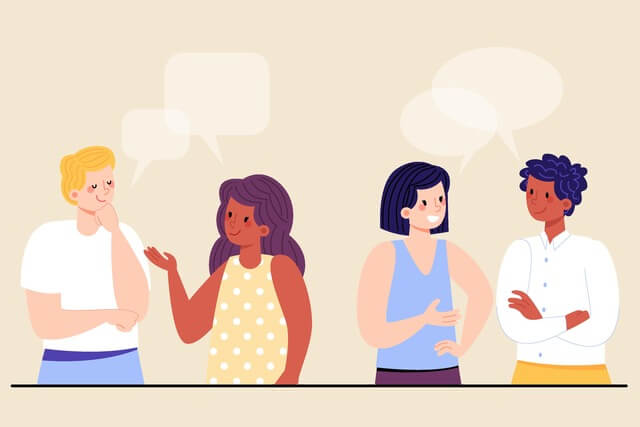In our interconnected world, where people from diverse backgrounds and cultures come together, the concept of respect takes on a multifaceted significance.
Understanding how respect is perceived across different societies can lead to enriched cross-cultural interactions and a deeper appreciation for the values that shape our interactions.
In this post, you will find thought-provoking questions that not only enhance language skills but also encourage us to ponder the varying facets of respect in today’s globalized society.
What’s Respect?
Respect is a multifaceted concept that encompasses a sense of admiration, consideration, and recognition towards individuals, groups, ideas, beliefs, customs, and boundaries.
Respect also involves treating others with kindness, valuing their opinions and perspectives, and showing a willingness to understand and honor their dignity and autonomy.
Respect can manifest in various forms, such as courteous behavior, active listening, empathy, and refraining from actions that may cause harm or offense.
Respect is a fundamental principle in fostering harmonious relationships, promoting cultural understanding, and creating a positive and inclusive social environment.
ESL Conversation Questions about Respect
These are some great questions to discuss what respect means:
- What does respect mean to you personally?
- How do you show respect to your elders in your culture?
- Can respect be earned, or is it something that should be given freely?
- In what ways do you think technology has impacted how people show respect to each other?
- Have you ever experienced a situation where you felt disrespected? How did you handle it?
- Do you think respect for authority figures is universal, or does it vary across cultures?
- What are some non-verbal cues that indicate someone is being respectful?
- How does respect differ between formal and informal settings?
- Can you think of a time when you had to compromise your own beliefs to show respect for someone else’s viewpoint?
- What role does active listening play in demonstrating respect during a conversation?
- How do cultural differences influence the way respect is shown and received?
- Is self-respect more important than gaining the respect of others? Why or why not?
- What are some ways parents can teach their children about respect from an early age?
- In what situations might it be challenging to balance expressing your opinion and showing respect for someone else’s perspective?
- How can respect contribute to a healthier and more inclusive workplace environment?
- Are there any universally agreed-upon behaviors that are considered disrespectful?
- Can you think of a time when humor was used disrespectfully? How can we avoid crossing that line?
- How does respect factor into cross-generational communication?
- Do you believe respect should be the foundation of all relationships? Why or why not?
- Can you provide an example of a cultural norm that might be seen as disrespectful in a different cultural context?
- What role does empathy play in showing respect to others?
- Do you think respect for authority is more important than questioning authority? Why or why not?
- How can disagreements be handled respectfully, even if the opinions being discussed are fundamentally different?
- Can respecting someone’s privacy sometimes conflict with the need for transparency in certain situations?
- How does the media influence our perceptions of respect and disrespect?
- Is it possible to disagree with someone and still maintain a respectful attitude? How?
- Can respecting cultural traditions sometimes lead to tolerating harmful practices? How do we navigate this balance?
- What are some small daily actions that can help foster a culture of respect in your community?
Teaching Ideas: Respect
Cultural Perspectives (15 minutes):
Share posts containing scenarios related to respect from various cultures. These scenarios should highlight differences in showing respect, such as greetings, body language, and communication styles.
Have students work in pairs or small groups to read and discuss the scenarios. Encourage them to identify similarities and differences in how respect is demonstrated across cultures.


